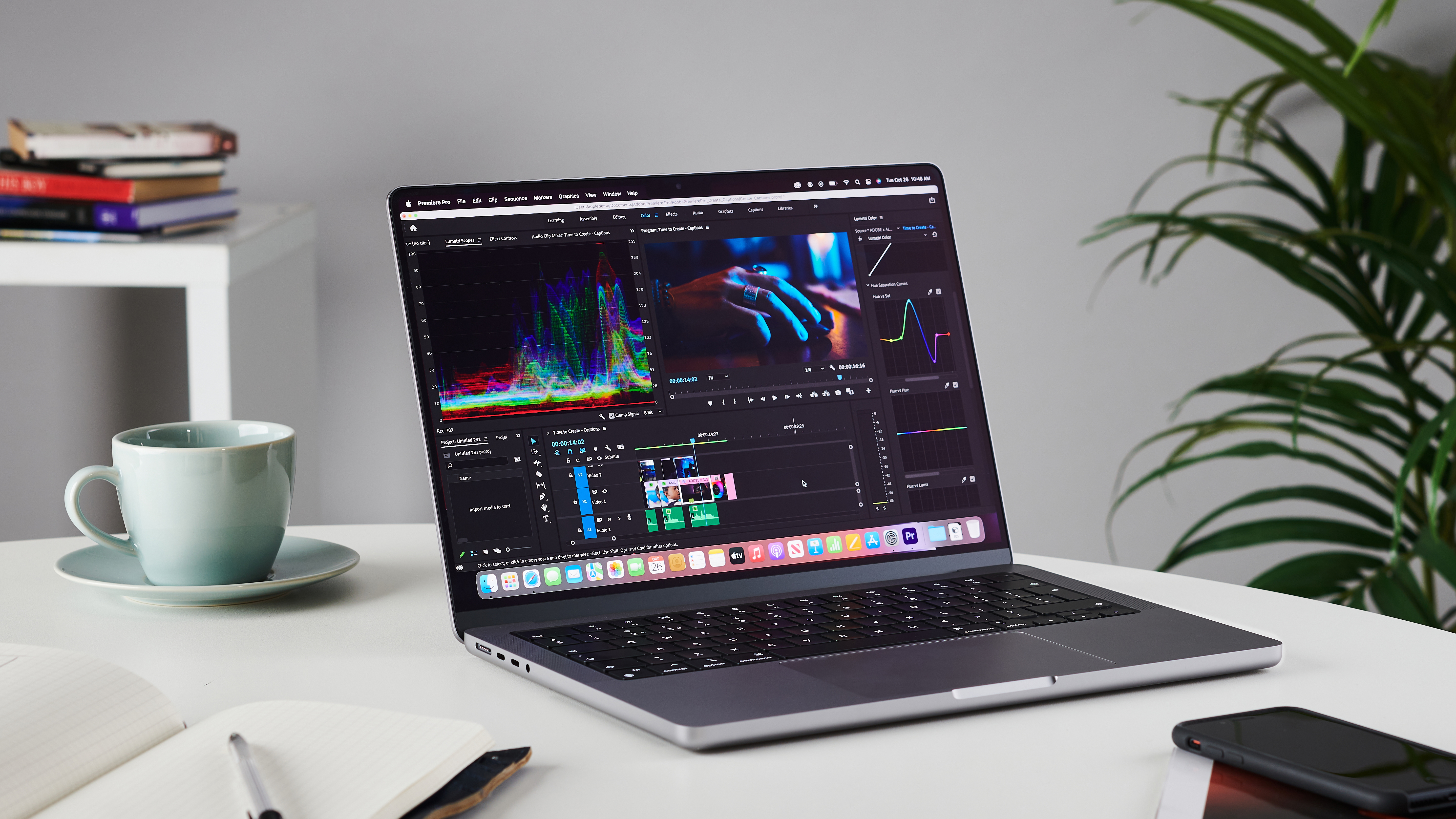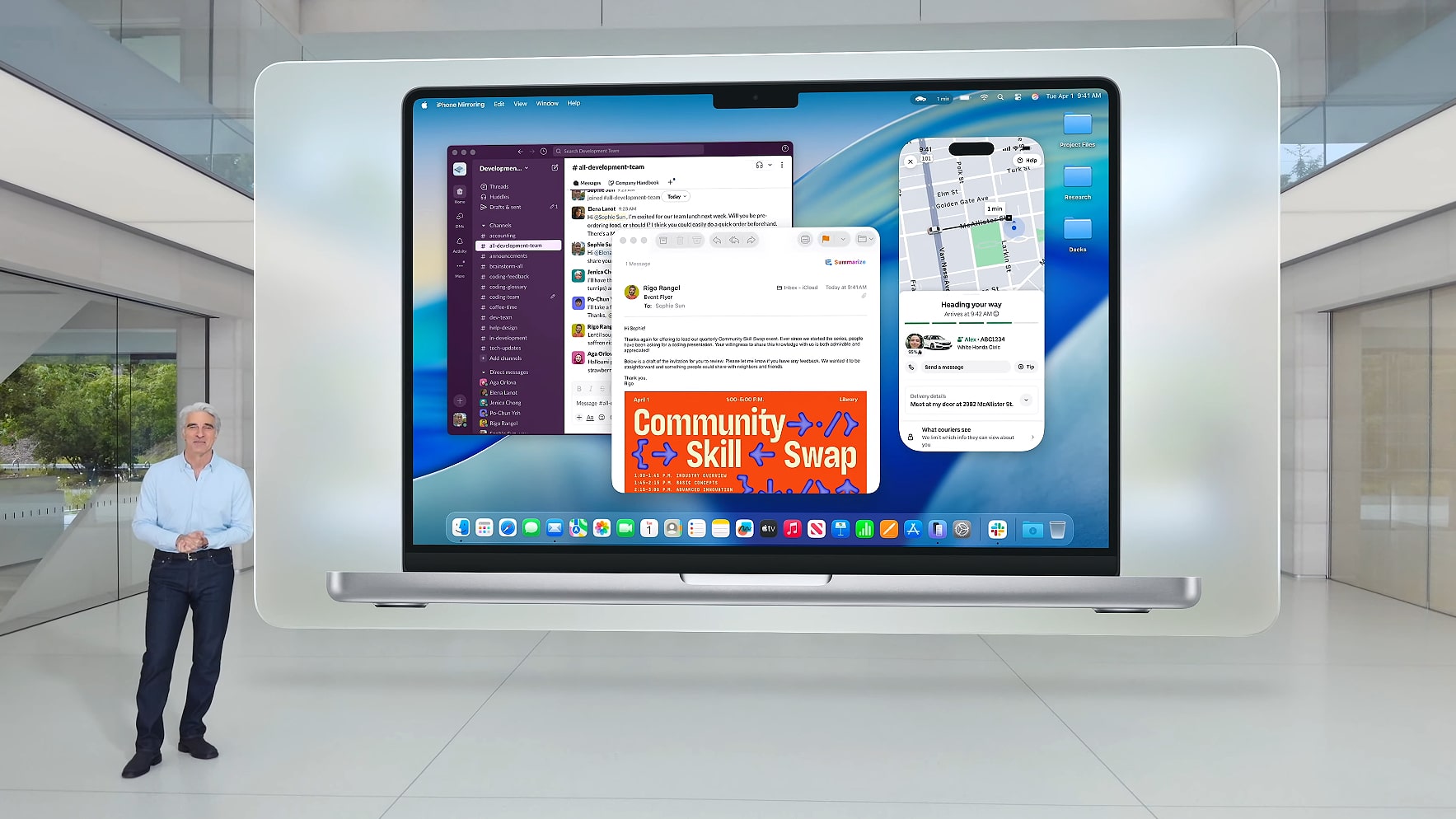I love my M1 MacBook Pro and have never considered upgrading it, but these new M6 rumors might just change my mind
Picking the right time to upgrade

How often do you upgrade your MacBook? I’m willing to bet it’s not very often, and certainly not every year. If so, that’s great news for you, but perhaps not so pleasing for Apple, which would rather you stumped up for one of the best MacBooks as often as possible. Yet is there really a reason to upgrade if your laptop does everything you need for years at a time?
Take me, for example. I’ve had a MacBook Pro with M1 Pro chip since 2022, and it’s served me superbly well in that time. It handles all my work without a hitch and gives me strong gaming performance for the titles I play. Even Cyberpunk 2077 performs impressively well if I turn frame generation on, and I’m happy to do that since it boosts the frame rates from my integrated laptop chip – which is several generations out of date – up to the mid-70s.
That all means that over the past few years, I’ve looked at advances in the MacBook Pro and decided to take a pass. New chips have been the only major changes of note, and with no big design adjustments or feature improvements to tempt me – and my M1 Pro chip performing so consistently – there’s been no need to rock the boat.
However, I’m starting to get the feeling that this situation is not going to last. Judging by the latest rumors, things could change in a big way in the next year or two, and it might be harder than ever for me to resist the lure of a new MacBook Pro. The good news, though, is that this step up could last me well into the next decade.
The OLED revolution

That idea centers around Apple’s M6 chip, which is expected to land in the MacBook Pro in late 2026 or early 2027. This model is expected to come with an OLED display as well as the new chip, according to Bloomberg journalist Mark Gurman’s latest Power On newsletter.
There, Gurman says that the upcoming M6 MacBook Pro “represents enough of a change to finally move the needle” in his opinion, bringing with it a new chip, an improved screen, plus a thinner, redesigned chassis for the first time in several years.
Gurman is not the only person who could be swayed by this upcoming Mac: it’s the kind of upgrade that might convince me to open the purse strings as well. After all, by the time the M6 model launches, my M1 Pro laptop will be five generations out of date and might start showing its age a little more. It’s still going strong for now, but that won’t be the case forever.
Sign up for breaking news, reviews, opinion, top tech deals, and more.
But the bigger change will be the OLED display. This has been rumored for years, but Apple’s obsessive perfectionism has meant we still haven’t seen it in action. When it finally arrives, though, Apple’s gaming gains could finally be married up with the kind of visual output they deserve. The question of whether MacBooks are actually gaming machines has been discussed much over the last few years, but adding an OLED display into the mix would surely settle the question in Apple’s favor once and for all.
What does the future hold?

But the fact that it would take an upgrade as momentous as this to convince me to get a new MacBook raises another question: what happens after the M6 MacBook Pro has been and gone?
Generally, MacBook upgrades aren’t usually as feature packed as the one we’re expecting when the M6 chip and OLED display come around. The M4 MacBook Pro, for example, offered a new chip, added Center Stage to the front-facing camera, brought Thunderbolt 5 connectivity to the M4 Pro and M4 Max chips, added a nano-texture coating to the display… and not a whole lot else. Those changes are fine, but they’re not groundbreaking.
Apple has, in some ways, created a problem for itself: its chips are now so performant that they can last for generations, dissuading people from upgrading. Contrast that to the bad old Intel Mac days, when the chips were so underpowered that many people felt forced into expensive annual upgrades, and it’s clear that Apple users are in a better spot than ever.
These days, Apple silicon chips have a lot more longevity, which means it’s harder for Apple to persuade its users to buy new MacBooks on the regular. My hope, at least, is this means Apple will bring more significant new features in the coming years in a bid to tempt upgraders.
But even if it doesn’t, just having a chip that lasts years without faltering is a win for Apple fans, and my M1 Pro is a testament to that. If I upgrade to the M6 MacBook Pro and its OLED display, I’m hoping the improvements it brings last me half a decade or more, just as my long-serving M1 Pro chip has done before it.
You might also like

Alex Blake has been fooling around with computers since the early 1990s, and since that time he's learned a thing or two about tech. No more than two things, though. That's all his brain can hold. As well as TechRadar, Alex writes for iMore, Digital Trends and Creative Bloq, among others. He was previously commissioning editor at MacFormat magazine. That means he mostly covers the world of Apple and its latest products, but also Windows, computer peripherals, mobile apps, and much more beyond. When not writing, you can find him hiking the English countryside and gaming on his PC.
You must confirm your public display name before commenting
Please logout and then login again, you will then be prompted to enter your display name.